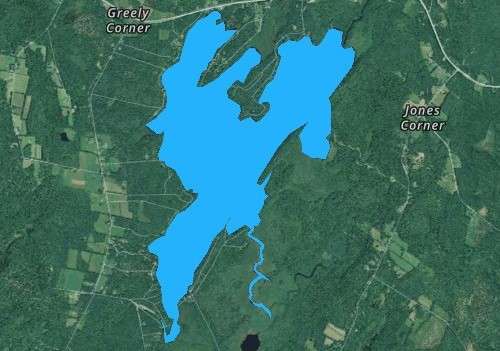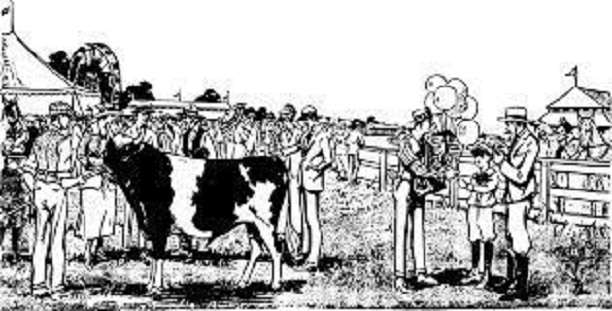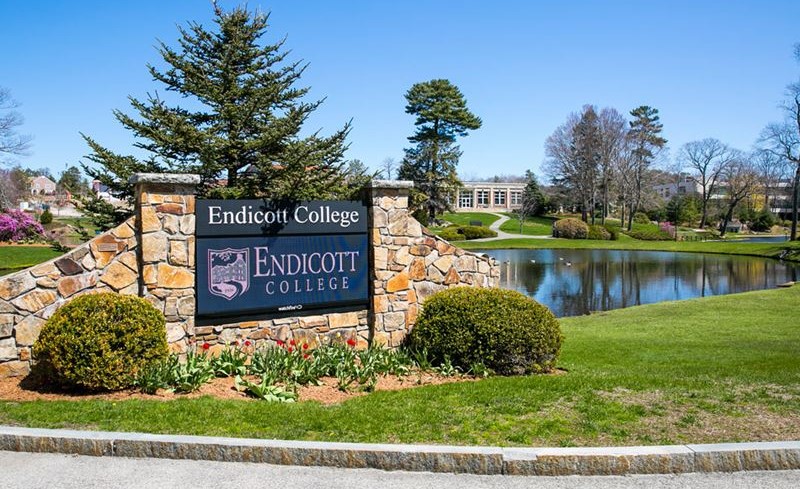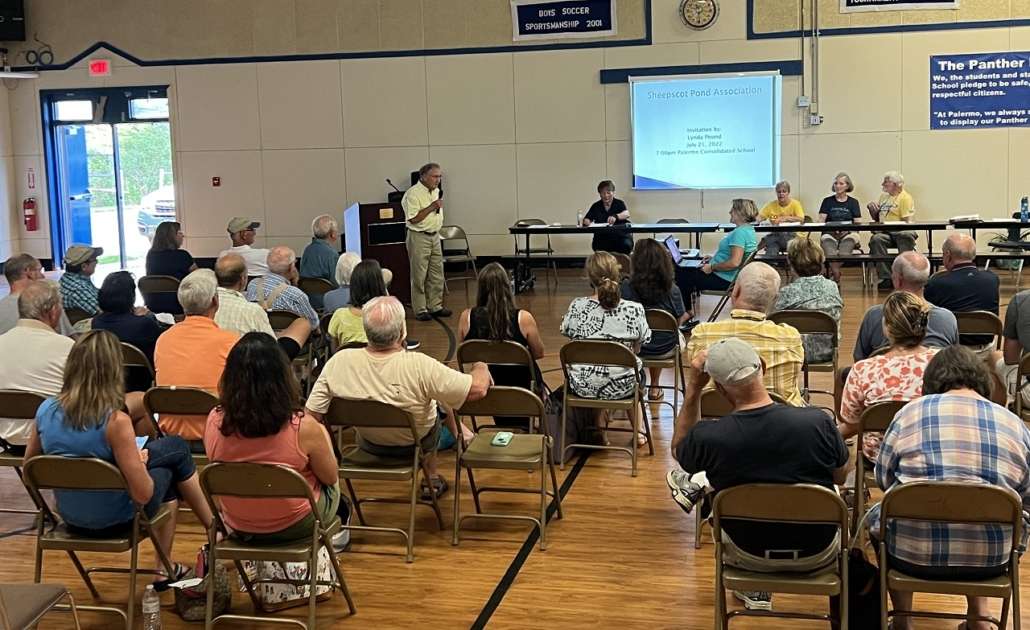
Webber Pond.
The Board of Directors of the Webber Pond Association (WPA) is recommending that WPA members approve the Revised WPA Bylaws shown below at the August 13, 2022, Annual Meeting.
CONTENTS
ARTICLE I. NAME AND PURPOSE Page 1
ARTICLE II. MEMBERSHIP AND MEMBER MEETINGS Page 1
ARTICLE III. BOARD OF DIRECTORS AND BOARD MEETINGS Page 2
ARTICLE IV. OFFICERS Page 3
ARTICLE V. INDEMNIFICATION Page 3
ARTICLE VI. AMENDMENT Page 4
ARTICLE I. NAME AND PURPOSE
A. NAME: The name of the Corporation is the Webber Pond Association, Incorporated (“WPA”).
B. PURPOSE: The purpose of the WPA shall be to protect and improve the water quality and water level management of Webber Pond to enhance recreational enjoyment. This shall be accomplished through education, conservation efforts, active management, and timely identification and correction of problems that arise.
C. REGISTERED AGENT and OFFICE: The Registered Agent and Registered Office of the WPA shall be as designated by the Board of Directors or President. The address of the Registered Office may be changed from time to time by the Board of Directors, President, or the Registered Agent.
ARTICLE II. MEMBERSHIP AND MEMBER MEETINGS
A. MEMBERSHIP: Membership shall be open to any person who supports the purposes of the WPA. A member in good standing is defined as an individual who supports the purposes of the WPA and has paid annual membership dues.
B. DUES: Membership dues shall be as determined by the Board of Directors. Members are to be notified of the dues amount at least 14 days prior to the Annual Meeting by the Secretary, President, or designee. Dues cover the period from one Annual Meeting to the day before the next Annual Meeting.
C. MEMBERSHIP PRIVILEGES: Only members in good standing are entitled to vote at the Annual Meeting or any Special Meeting, serve as a Director or Officer, or serve on a committee. Each member in good standing shall have the right to cast one vote. The approval of a majority of members is required to elect members of the Board of Directors and Officers of the WPA; amend the Bylaws of the WPA; approve the sale or other disposition of all, or substantially all, of the assets of the WPA; and approve the dissolution of the WPA, or merger/consolidation into another legal entity.
D. VOTING QUORUM and MAJORITY RULE: Twenty members of the WPA must be present in person or by valid proxy at Annual or Special member meetings to vote on agenda items. A valid proxy shall serve as a presence for quorum purposes. A majority vote of members present, in person or by valid proxy, is required to pass a motion.
E. PROXY VOTING: Any member in good standing that cannot attend the Annual Meeting, or any Special Meeting, has the right to appoint another member in good standing to attend the meeting and vote in their place as a proxy. The member appointing the proxy must sign and date a WPA proxy form authorizing the proxy to attend a specific meeting and vote on their behalf. To be valid, the proxy form must be signed and dated by the member not more than 60 days prior to the meeting, be presented by the person representing the member to the Secretary or the person presiding at the meeting before or at the commencement of the meeting and shall be effective only for the meeting specified in the document. A member in good standing may only act as a proxy for up to two members in good standing. Members who have signed a proxy form have the right to revoke the proxy by providing written notice to the President or Secretary of the WPA at least 24 hours prior to the meeting.
F. ANNUAL MEETING: The Annual Meeting of the membership of the WPA shall be held on a Saturday in August, or as determined by the Board of Directors. The purpose of the Annual Meeting is to elect Officers and Directors for the following year, receive reports of the actions of the WPA and discuss issues of concern. Notice of the Annual Meeting shall be sent by the Secretary, President, or designee at least 14 days prior to the meeting and include the agenda for the meeting, the dues amount, and the recommended slate of Officers and Board Members.
G. SPECIAL MEETINGS: Special Meetings of the membership of the WPA may be called by the President, any five Directors and Officers, or any seven members of the WPA. Notice of a request for a Special Meeting shall be sent to the President and Secretary 28 days prior to the proposed meeting date and shall include the purpose of the meeting and a proposed agenda. The request including purpose and agenda shall be forwarded to members by the Secretary or President at least 14 days prior to the proposed meeting date.
H. POLL OF MEMBERSHIP: The Board of Directors my put questions to members by email if this is determined to be in the best interests of the WPA. The Board will include its position on questions posed.
ARTICLE III. BOARD OF DIRECTORS
A. RESPONSIBILITIES: The management and administration of the WPA shall be entrusted to the Board of Directors. The Board shall define, establish, and maintain policies and practices as necessary for the operation of the WPA.
B. NUMBER: There shall be a minimum of 5 and no more than 15 members of the Board of Directors, including those Directors serving as Officers.
C. QUALIFICATION: A person must be recognized as a member in good standing of the WPA to be a member of the Board of Directors.
D. TERM: Directors shall serve for a term of three years and remain on the Board until they resign or are replaced by vote of WPA members in good standing. Directors may be re-elected with no term limits. The Board may implement a system of staggered terms for Directors whereby approximately one-third of the Directors may be elected at each Annual Meeting, to provide continuity for the Board.
E. NOMINATION: 1. A Nominating Committee of 3 to 5 Board Members appointed by the Board of Directors shall ask WPA members for any expressions of interest in becoming a WPA Officer or Director or their recommendations for WPA Officers and Directors by the end of May. The Nomination Committee shall prepare a slate of candidates for the Board of Directors and Officers for review and vote at least 14 days prior to the June Board Meeting. The slate of Officer and Directors recommended by the current Board members will be included in the Notice of the Annual Meeting to be sent to members 14 days before the Annual Meeting.
F. MEETINGS: Board of Directors meetings may be called by the President or a majority of the Board members.
G. VOTING QUORUM: The attendance of half or more of the current Board members in person or electronically shall constitute a quorum to approve motions.
H. VOTING: For all matters coming before the Board of Directors, a majority vote of those at a meeting in person or electronically at which a quorum is present shall prevail.
I. USE OF ELECTRONIC MEANS: To the fullest extent permitted by law, the Board of Directors and committees may conduct business by electronic means, including, but not limited to, electronic attendance and email notices to Directors and committee members.
J. WATER QUALITY AND WATER LEVEL COMMITTEE: A standing committee of no less than 5 and no more than 11 members appointed by the Board of Directors, with a majority being Board Members and the balance being WPA members in good standing who have indicated an interest in participating. The committee shall develop, maintain, administer, and communicate water quality and water level monitoring and management procedures for the WPA. These shall be based upon Webber data, best practices, and recommendations from the Town of Vassalboro and relevant State of Maine and federal agencies. The committee shall also promote education and outreach programs that encourage best practices for lake users, such as the LakeSmart program that helps lakefront property owners manage their land to protect water quality.
K. VACANCIES: Vacancies in the Board may be filled by the Board of Directors. The person so selected will serve until the next Annual Meeting.
L. CONFLICT OF INTEREST: If any matter comes before the Board in such a way as to give rise to a conflict of interest, the affected Director shall make known the potential conflict, answer any questions that may be asked of them and withdraw from the meeting until the matter has been brought to a vote. The affected Director shall not participate in discussions or vote on the matter and shall not be included in the calculation of a quorum for the vote on the matter.
M. DISQUALIFICATION AND TERMINATION: Three absences from meetings of the Board of Directors shall constitute grounds for disqualification. Two-thirds of the Board of Directors shall have the authority to terminate a person’s position on the Board of Directors.
ARTICLE IV. OFFICERS
A. OFFICERS: The Officers shall be a President, Vice-President, Treasurer, and Secretary. The Secretary and Treasurer may be combined at the discretion of the Board of Directors.
B. QUALIFICATIONS: A person must be recognized as a member in good standing of the WPA to be a WPA Officer.
C. TERM: Officers shall serve for a term of two years and remain in office until they resign or are replaced by vote of WPA members in good standing. Officers may be re-elected with no term limits.
D. PRESIDENT: The President shall be the chief executive and administrative officer of the WPA, leading the affairs of the WPA in a manner consistent with the Purpose of the WPA and in cooperation with the Board of Directors. The President will preside at all Board, Annual and Special meetings and perform other duties as assigned by the Board of Directors.
E. VICE PRESIDENT: The Vice President shall perform duties as assigned by the President and the Board of Directors. In the absence or disability of the President, the Vice President shall perform the duties of the President.
F. TREASURER: The Treasurer shall keep accurate records of all monies received and paid out and shall have custody of all property, including bank accounts. All funds shall be paid out as directed by the Board of Directors or President. The Treasurer shall make a report of the financial condition of the WPA at Board and Annual member meetings.
G. SECRETARY: The Secretary shall count votes at meetings, keep a faithful record of all meetings, and perform other secretarial duties as required. Draft minutes of Board Meetings are to be sent to the Board within 2 weeks of the date of any Board Meeting. Draft minutes of Annual and Special Meetings are to be sent to the Board for review within 14 days and shall be reviewed by the Board promptly, so that they can be forwarded and to the members of the WPA within 28 days of the date of the Annual or Special Meeting.
H. VACANCIES: Vacancies in any Officer position may be filled by the Board of Directors. The person so selected will serve until the next Annual Meeting.
ARTICLE V. INDEMNIFICATION
A. INDEMNIFICATION: The Directors, Officers, volunteers, employees, and agents of the WPA shall not be individually or personally liable for the debts or obligations of the WPA and shall be indemnified by the WPA against all financial loss, damage, cost, and expense (including attorney’s fees) reasonably incurred by or imposed upon them in connection with or resulting from any civil or criminal action, suit, proceeding, claim, or investigation in which they may be involved by reason of any action taken or omitted to be taken by them in good faith as a Director, Officer, volunteer, employee, or agent of the WPA.
B. PRUDENT CARE: Indemnification is subject to the condition that a majority of a quorum of the Board of Directors comprised of those Directors who are not parties to such action, suit, proceeding, claim, or investigation, or if there be no such quorum, independent counsel selected by a quorum of the entire Board of Directors, shall be of the opinion that the person requesting indemnification acted in good faith and in the reasonable belief, under the circumstances, that their actions were in the best interests of the WPA, or that such person took or omitted to take such action in reliance upon advice of counsel for the WPA or acted on information furnished by a Director, Officer, employee, or agent of the WPA and accepted in good faith by the person seeking indemnification.
C. BENEFIT: The indemnification provided herein shall inure to the benefit of the heirs, executors, or administrators of any Director, Officer, volunteers, employee, or agent and shall not be exclusive of any other rights to which such party may be entitled by law or under any resolutions adopted by the Board of Directors.
D. INSURANCE: The WPA shall procure insurance covering the Directors, Officers, and volunteers of the WPA against any liability incurred in such capacity or arising out of their status as such.
ARTICLE VI. AMENDMENT
A. AMENDMENT: These Bylaws may be amended at any Annual or Special Meeting of members by a majority vote of members in good standing present in person or by proxy where a quorum exists. Suggestions for changes to the Bylaws to be made at an Annual Meeting must be submitted to the President and Secretary by any member in good standing no later than July 1 so that they can be considered by the Board of Directors and sent to WPA members with the Board’s input for consideration at least 14 days prior to the Annual Meeting. Suggestions for changes to the Bylaws to be made at a Special Meeting must be submitted to the President and Secretary by any member in good standing at least 28 days prior to the proposed Special Meeting so that they can be considered by the Board of Directors and sent to WPA members with the Board’s input for consideration at least 14 days prior to the proposed Special Meeting.




 by Maria O’Rourke
by Maria O’Rourke






